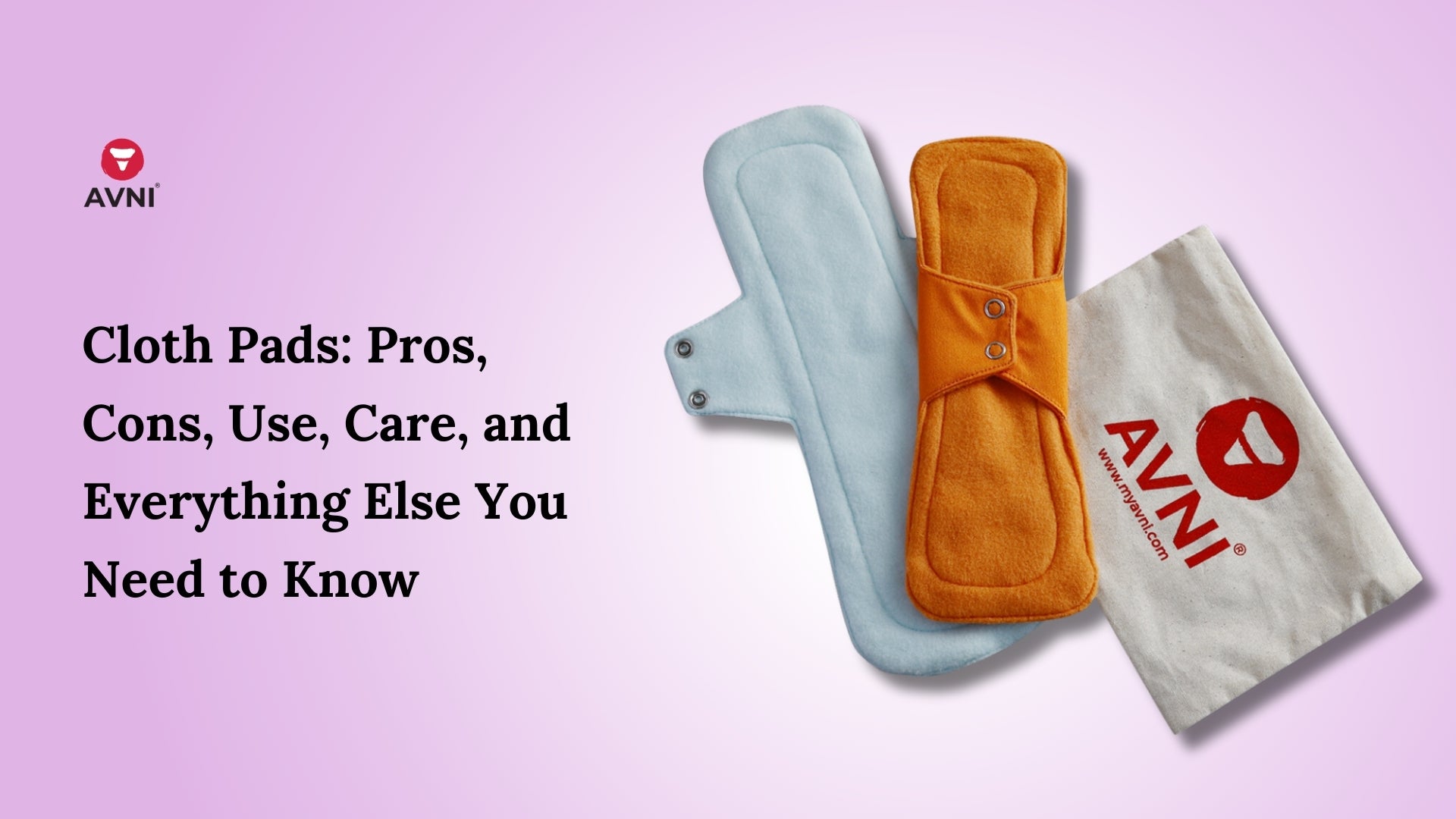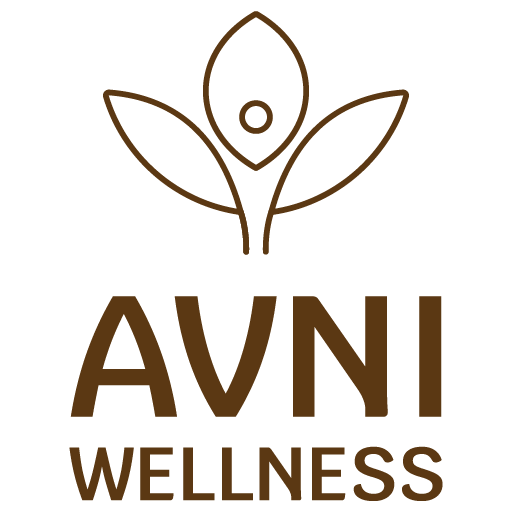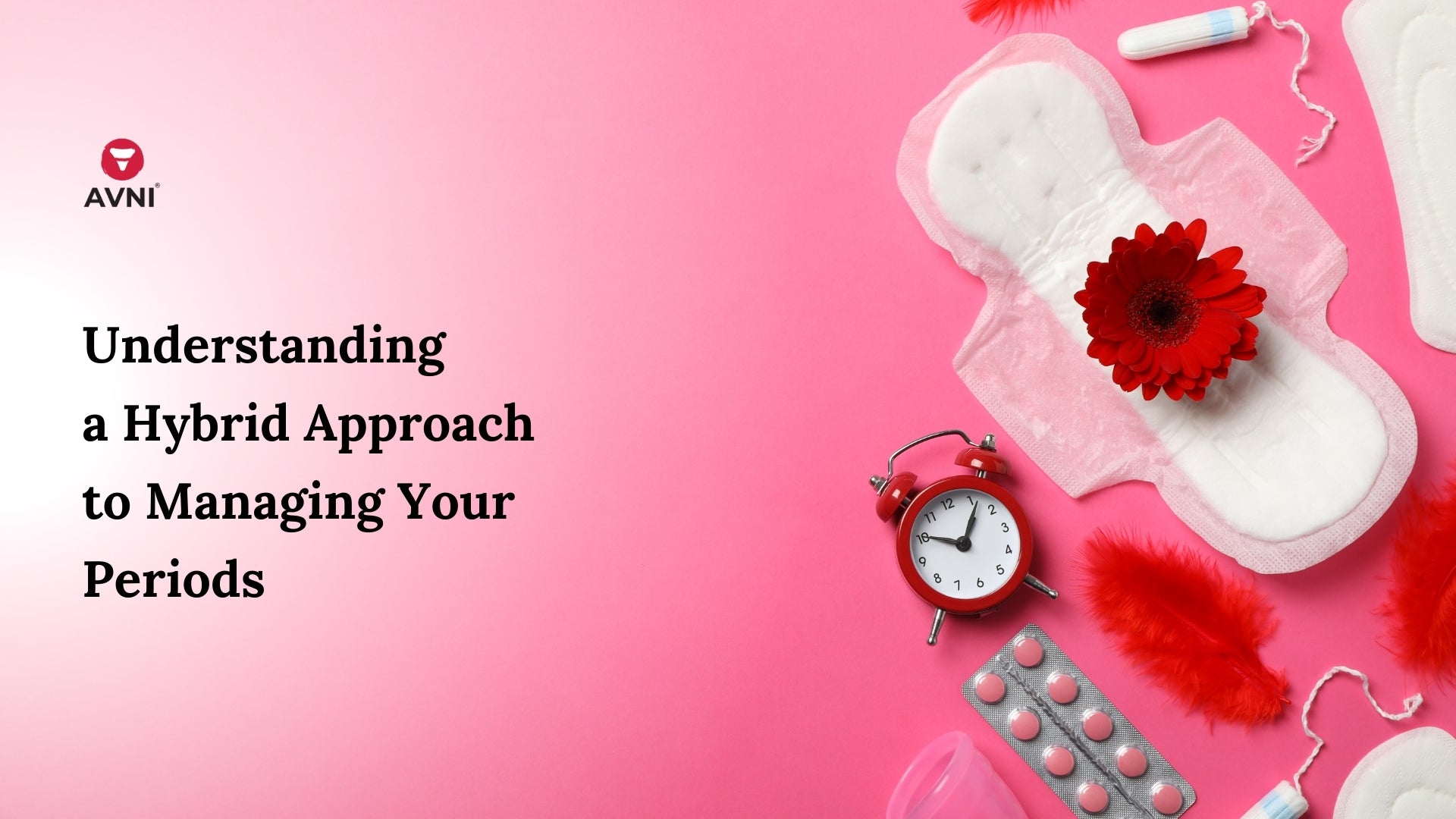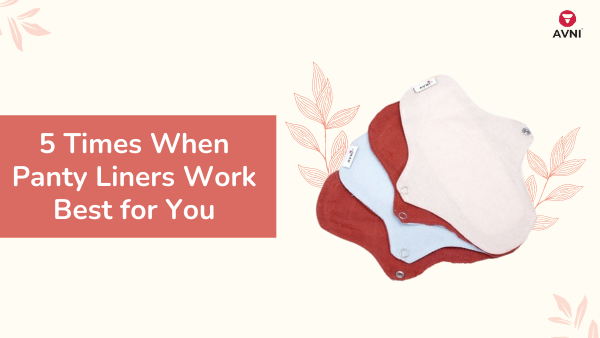
Cloth Pads: Pros, Cons, Use, Care, and Everything Else You Need to Know
Long before sanitary pads came into the picture, ancient Egyptian women used papyrus; Greek women used wooden sticks wrapped with lint. On the other hand, English women fashioned 'catamenial sacks' or pouches made with rubber filled with a sponge, whereas a few even opted for strips of cloth or ''rags.''
However, these processes were not safe or convenient for the users. Cloth pads have been around the scene for quite some time, but flimsy strip material never made them a popular choice with the ''silicon pad'' generation.
However, necessity is the mother of invention. In this case, the mother of innovation where humble rag strips transformed into a more sturdy material of layered cloth pads that absorbed more and remained steadfast even during movements.
Cloth pads emerged during World War I, when nurses and other women would fold strips of bandage cloth during their menstrual cycle, given the lack of resources.
This idea is said to have emerged after these nurses used bandages on soldiers with excessive bleeding. While there are very few records to back this up, cloth pads have been iconic since then but faded over time due to the inception of disposable pads.
But, what are cloth pads? Why are they beneficial? What are the disadvantages? Pretty sure you've got all these questions clouding your mind before making a decision.
Fret not, for we have you covered. Here's all you need to know about these biodegradable pads, which are great to use as pads for heavy periods or for those who are tired of getting a rash when using disposables.
The Good, the Bad, the Ugly
Now that you've considered making the change, it's time to start weighing in on the pros and cons of using cloth pads. So let's start with the pros, shall we?
Cloth Pads are Good for the Environment
If you're, you're looking to do your part by saving the environment, this is the switch you need to make. Choosing cloth pads during your menstrual cycle means lesser waste landfills. In addition to this, cloth pads are also generally produced in an eco-friendly manner.
Cloth Pads are Good for Your Body
Most good cloth pads are made from fibres and raw materials naturally available in nature. Therefore, they pose no harm to the human body - unless in the case of allergies and other exceptions.
These cloth pads hardly lead to rashes, foul odours, or infections (if replaced in time). When changed frequently and washed appropriately, cloth pads are a breeze to use - which reminds us that the porous material of these cloth pads also scores a brownie point when it comes to a healthy menstrual experience.
Moreover, like disposable pads, cloth pads come in different sizes - suited for those with a heavy flow - and are made with waterproof linings to ensure that you don't stain your clothes.
Cloth Pads are Comfortable
One of the main reasons you need to consider making the switch is simple - cloth pads are comfortable in terms of wear and health. In addition, unlike disposables, cloth pads are not made with chemicals, ensuring your skin remains irritant and rash free.
Moreover, wearing cloth pads during your period gives you the additional advantage of having a cycle that doesn't make you worry about a foul smell arising while changing at regular intervals.
Cloth Pads are Cost-Efficient
While cloth pads may seem expensive at first, their long-time usage makes up for the cost. Cloth pads are a one time-investment for years at the end and, therefore, pay for themselves. Moreover, since they can be used for several years, they can help you save a few greens in the future.

Slight Disadvantages of Cloth Pads
Like a coin, everything has two sides, and in this case, cloth pads too pose a few challenges to the users. However, along with challenges, we will give you the apt solution to overcome these hurdles as well!
Cloth Pads can be Hard to Maintain
Yes, it can be a task to maintain cloth pads after use, especially washing and storing. Cloth pads are best when hand washed first, but they need to be machine washed for extra safety. Once washed and dried, cloth pads must be stored safely.
This might be time-consuming for many, but it eventually fits right into a routine. You can use plant-based and skin safe washing solutions that can help ensure that stains are removed effectively, with less effort while ensuring that your hands remain soft.
Do not forget to line dry these cloth pads and preferably under the sun for the natural antibacterial action to take over.
Cloth Pads Demand Extra Effort
While cloth pads are a great way to ensure a healthy period, many women find it challenging to abide by the concept of a 'reusable' sanitary pad.
Plus, women don't prefer putting in a lot of effort during their cycle, considering that their movement and choices are a little more limited, given the cramps and the constant changing of sanitary napkins.
However, it is all about the learning curve. Watch this video that eases you into the journey to using cloth pads and explains the eventual benefits you will receive as a part of the process.
Caring for Your Cloth Pad
Cloth pads need to be taken care of, considering they can't be disposed of quickly. Therefore, washing your cloth pads during your cycle is of utmost importance. However, it is equally important that you pay heed to what is required when cleaning your cloth pad.
You may feel like your regular detergent or a bar soap would suffice. However, there's more to caring for your pad than just leaving it in your washing machine and relying on it to wash out tough stains.
Some claim that cloth pads are best washed in a solution detergent, baking soda or vinegar in washing machines. This is because baking soda can remove stains naturally, whereas vinegar acts as a fabric softener so that the absorbency of the cloth pad isn't affected. If you like to use these kitchen staples for more than one purpose, then there's no need to second guess - go for it!
Here are a few tips you can consider while taking care of your cloth pad:
- First things first, make sure your cloth pad fits your underwear. This will ensure that your pad doesn't shift or bunch, which could cause leakage.
- Change your pad regularly and carry a wet bag in case you're someone who's always on the go.
- Soak your pads for 30 minutes in a tablespoon of bleach per gallon of cold water. This will ensure that your pad is clean and sanitary.
- If you've stained your cloth pad, sprinkle a little bit of baking soda or hydrogen peroxide on the pad, rub and then rinse in cold water. However, be warned that this could also cause your pad to fade a little bit.
With the care that goes into making sure your cloth pads stay durable, all of this can be a little overwhelming at first. But rest assured, cloth pads bring benefits over bills any day and can help you have a less painful menstrual cycle every month.
Everything Else You Might Have Missed About Cloth Pads
We're almost done summarising why you need to make the greener switch to cloth pads. After all, it also gives you the advantage of being your superhero, right? But before your don that red cape and your cloth pad, here are a few more things you need to know:
- Cloth pads can last up to four years, given the care and maintenance it needs.
- Since they are paraben-free and vegan, cloth pads are often made with two layers of microfiber bamboo. The top layer of your cloth pad has a soft fleece texture which bodes well against your skin, making it free of any irritation. Plus, it helps with comfort and drying as well.
- Like any reusable product, do not forget to give it a good rinse before use.
- Depending on your flow, change your pad regularly. For this, cloth pads have the added advantage of being folded inwards so that you can reseal them with the button on the wings before placing them in your wet bag.
- Cloth pads do need to be taken care of in the same way you would care for your intimate apparel.
Over time, cloth pads have also paved the way for women opting for them with additional advantages like - less noise during movement, a rash-free period, and (most importantly) its high absorption rate. Overall, cloth pads ensure your comfort, convenience and health - all of which are done with the bigger goal of moving toward a greener environment.
Now that you've gotten an idea of cloth pads, the real question is - are you ready to make the switch?



Leave a comment
This site is protected by hCaptcha and the hCaptcha Privacy Policy and Terms of Service apply.